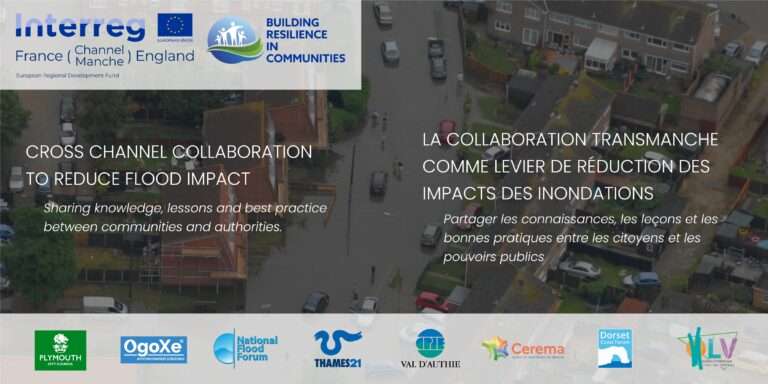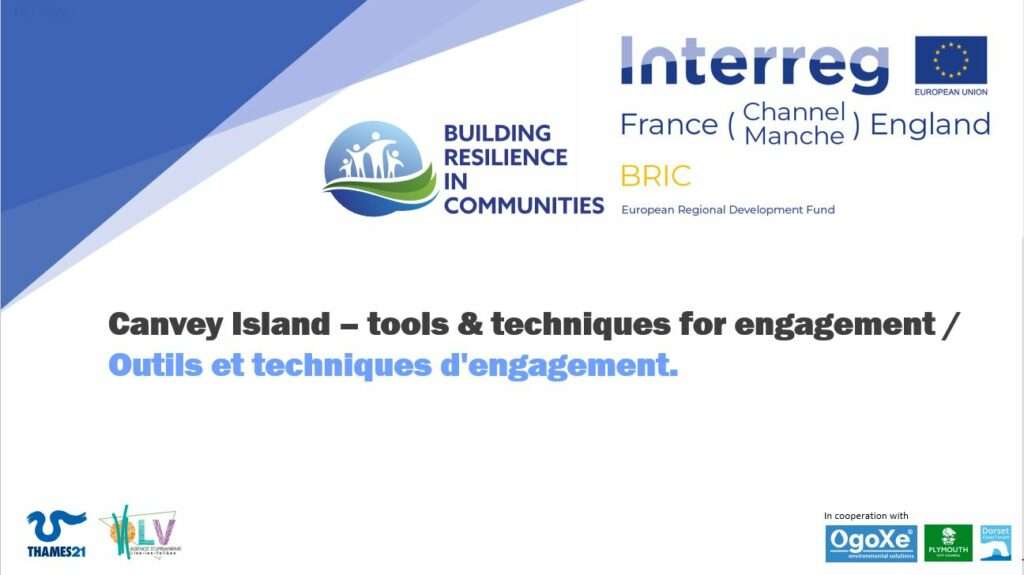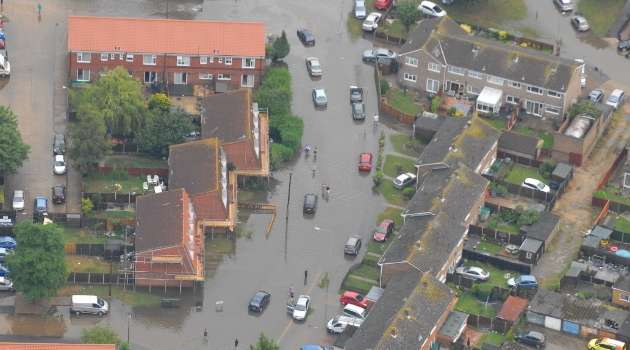BRIC Seminar/Workshop 24th Nov 2022
Cross Channel Collaboration to Reduce Flood Impact online event

Welcome to part 4/4 of this blog series, below we continue on from the end of part 3/4
Michael O’Neill & Chris Coode then co-presented learnings from their pilot site, Canvey Island. The presentation was entitled, ‘Canvey Island – tools & techniques for engagement’. Chris Coode introduced the presentation, provided an introduction to the Canvey Pilot site, and presented information on Canvey’s history, and spoke about some of the complexities around the BRIC project. Michael then followed on with a detailed account of the wide ranging and imaginative engagement techniques used on the project. He highlighted the various methodologies employed and addressed which were successful and which were not. This provided a valuable insight into the pilot site and suggested tools that other partners could adopt. Michael then answered questions from the audience.

Key outcomes:
- Interesting to see the wide variety of engagement tools used – hugely time consuming to plan, undertake and analyse these events.
- Innovation is key to BRIC – interesting to test these tools in practice.
- Litter-picks as a method to engage – not many reasons to engage with most waterways.
- Partnership working with Essex County Council.
- Local knowledge is key – AI and mapping event
- Great to hear how all of this work is done on the ground
L’Oise Valley pilot site then provided us their presentation.
Barbara Da Silva Santos provided the attendees a comprehensive run through of the engagement activities that have taking place on the L’Oise pilot site.
She provided detailed examples of the activities delivered, favoured techniques, and the most successful engagement strategies employed. This all helped to provide us not only the differences, but also the similarities between many of the pilot sites on the BRIC project.
Key outcomes:
- Identified vulnerability – created new element to risk.
- Vulnerability maps – shows populations at risk – key aspect of the BRIC project.
- Tools and awareness raising actions:
- Appreciative inquiry. Main reason people aren’t prepared – never gone through a flood – flood memory
- StoryMap – easy-to-digest – no technical language
- Workshops for primary school children and elderly – urban walks along the river.
- General knowledge quiz, Flood Impact game, Totem – flexible resource for awareness raising.
- Petrol shortages caused issues – had to delay event.
Overall summary/lessons from the day:
Flood risk covers multiple levels from statutory and national planning down to the individual and community level. There is a need for interaction between these levels to ensure full cooperation and efficiency.
Flood resilience is complex, responsibility should be shared, and the different responsibilities of different stakeholders should be made clear.
Stakeholders need to be proactive as opposed to reactive regarding flood resilience and flood risk management.
We need to make spaces for these discussions to occur, and therefore for action to be taken.
The BRIC project has been trying to achieve this goal this in all pilot sites, joining together the wide network of stakeholders with the communities we work in.
We thank you for taking the time to read this blog series, we hope not only has it been informative but also enjoyable. Thanks to all project partners, speakers, guests and all involved with the creation and delivery of this seminar and blog. Michael O’Neill Thames21 BRIC Engagement Officer.

Thank you for sharing your thoughts. I really appreciate your efforts and I will be waiting for your next
post thank you once again.
I’d also like to state that most of those who find themselves without the need of health insurance can be students, self-employed and people who are laid-off. More than half in the uninsured are under the age of Thirty-five. They do not sense they are requiring health insurance simply because they’re young and also healthy. Their own income is often spent on property, food, plus entertainment. Most people that do represent the working class either whole or in their free time are not provided insurance via their work so they go without because of the rising cost of health insurance in the country. Thanks for the thoughts you talk about through this web site.
Hi Jill, Thanks for your feedback!